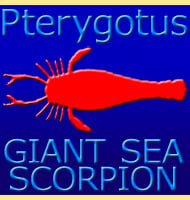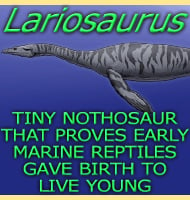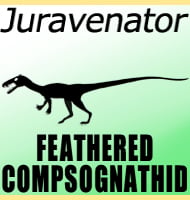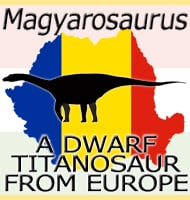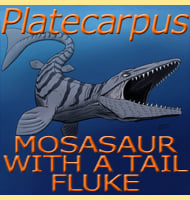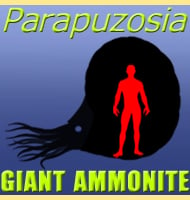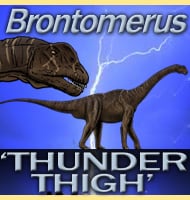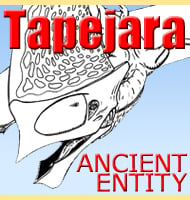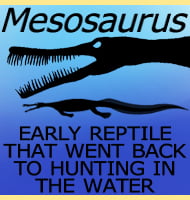In Depth
Oohkotokia was a medium to large ankylosaurid dinosaur that is so far only known from a single individual, though other fossils gathered in the past may actually represent specimens of this genus. Oohkotokia seems to have been similar to Euoplocephalus, though is considered distinct because the skull texture of Oohkotokia is quite smooth in comparison to other ankylosaurid genera. Like with its ankylosaurid brethren, Oohkotokia would have been protected by a covering of heavy bony armour all across its back and sides, with a heavy bony club on the end of its tail. These were necessary defensive adaptations when you consider that the habitat that Oohkotokia is known from was also the home for large tyrannosaurs such as Daspletosaurus and Gorgosaurus.
Oohkotokia is believed to have lived in a semi-arid environment which experienced seasonal rainfalls that probably triggered the growth of lush seasonal blooms of plants. Aside from Oohkotokia, other herbivores in this location include the nodosaur Edmontonia, the ceratopsians Einiosaurus, Achelousaurus and Brachyceratops, and the hadrosaurids Hypacrosaurus, Maiasaura and Prosaurolophus. In addition to these and the aforementioned tyrannosaurs, other theropods in the area included troodonts, dromaeosaurs and oviraptosaurs.
The name Oohkotokia is from the Blackfoot for ‘large stone’, while the species name, O. horneri is in honour of palaeontologist John R. Horner.
Further Reading
- A new ankylosaurid from the late Cretaceous Two Medicine Formation of Montana, USA, Paul Penkalski - 2013.

